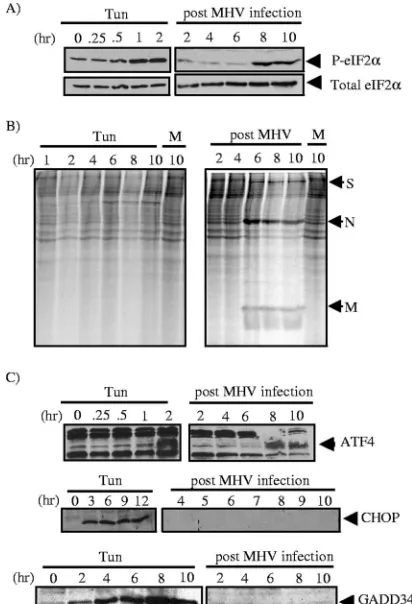Coronavirus Infection Modulates the Unfolded Protein Response and Mediates Sustained Translational Repression
Full text
Figure




Related documents
Chilukuri., et al., (1997) developed spectrophotometric methods for the determination of omeprazole in bulk and pharmaceutical dosage forms..
The result of the study concluded that there was reduction in shoulder subluxation and pain in acute hemiplegic after the treatment with electrical stimulation and strapping
In all the above studies, including the present study the rate of premature rupture of membranes in GBS positive women was found to be significant, when compared to GBS
Therefore, the results of the amino acid sequence analysis of the HIV-1 isolates from Gulu show a high degree of intraclade homology and very limited variation in the V3 loop
In this report, we show that the first 31 residues of human immunodeficiency virus type 1 Gag protein can function independently as a membrane-targeting domain when fused
Although the results reported here did not fully explain why different rotaviruses stimulated relatively different titers of neutralizing antibodies to the VP4 and VP7 proteins,
Cocultivation of PBMC, peritoneal cells, and spleen cells with human uninfected U937 or CEM (a T lymphoma cell line) cells resulted in HIV infection of the target cells, as
Heterologous combinations of BMV and CCMV RNAs 1 and 2 do not support viral RNA replication, and although BMV RNA2 is amplified in CCMV-infected cells, CCMV RNA2 is not amplified
